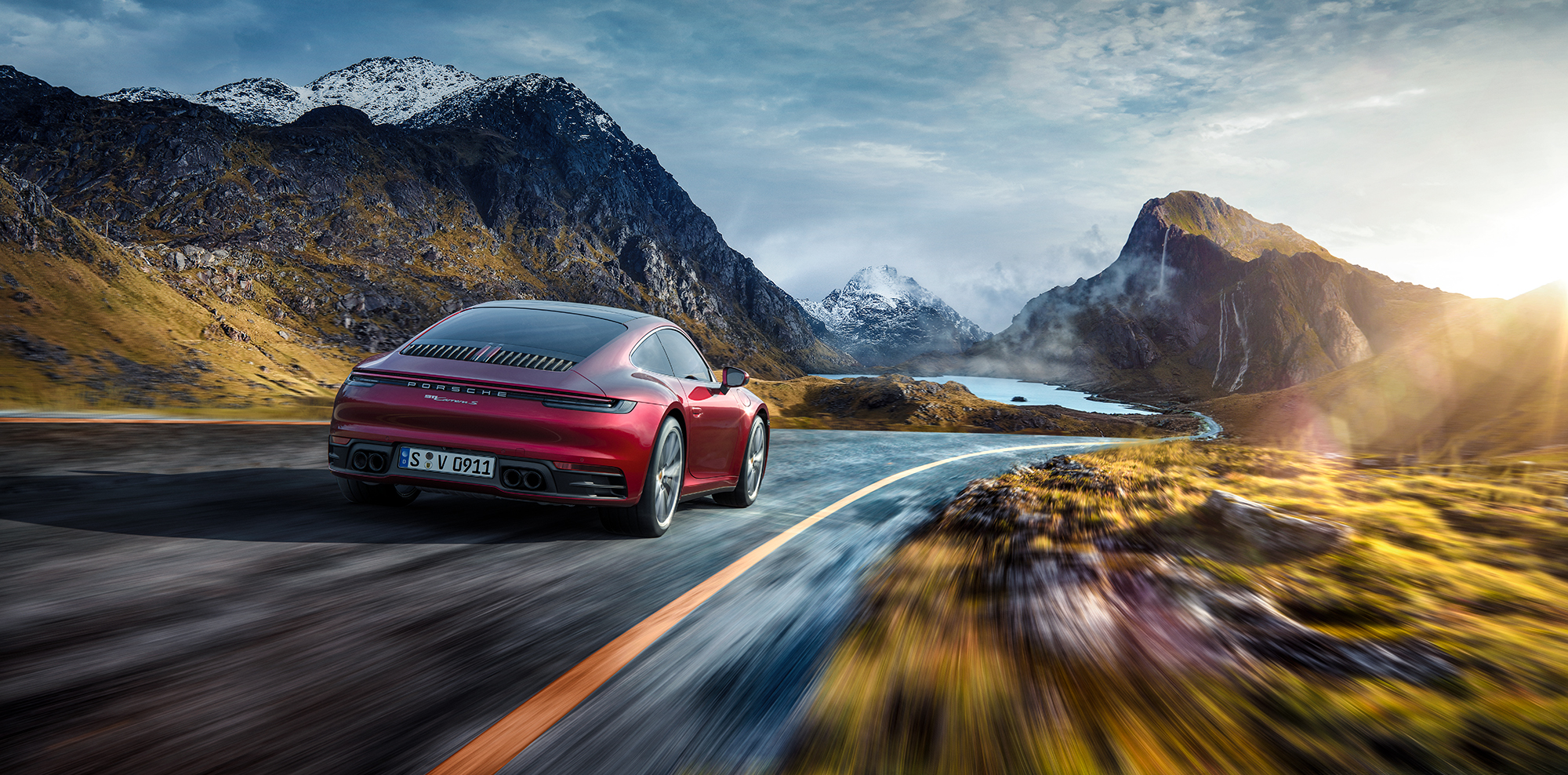
All marketing campaigns need compelling imagery – something that shows off the product or service you’re trying to promote. When it comes to creating CG assets for physical items, however, there’s a tendency to overlook what makes them feel real: light. Teams often have very little time to pull assets together, and making them look cool can easily trump making them look realistic… and cool. But it’s the absolute secret ingredient to elevating the look of a product spot.
Why CGI is useful in marketing visuals
CGI plays an important part in the marketing pipeline, with the costs of transporting tech and the time it takes for photoshoots often being factors that teams would rather avoid or get done quickly. Applications like Blender, Maya, ZBrush, and so many more, are accessible for marketers with tutorials available to navigate them. This makes it easier for marketing teams to use CG in marketing campaigns and to better connect with production teams and artists.
There are also times when clients don’t have the final product ready when it comes time to shoot, so having a detailed brief can help artists bring their vision to life with CGI. Alongside this, modifications in shoots that are location-based can often be quite difficult, especially if they’re not simple modifications.
This is where the use of CGI would simplify the process and allow marketing teams to create environments and edit the lighting to match the scene. Being able to add in extra objects to elevate a marketing campaign is also a benefit to this, as it creates a more realistic elevated end visual. This further adds to the argument of the importance of CGI, not only in marketing campaigns but also across any and all productions.
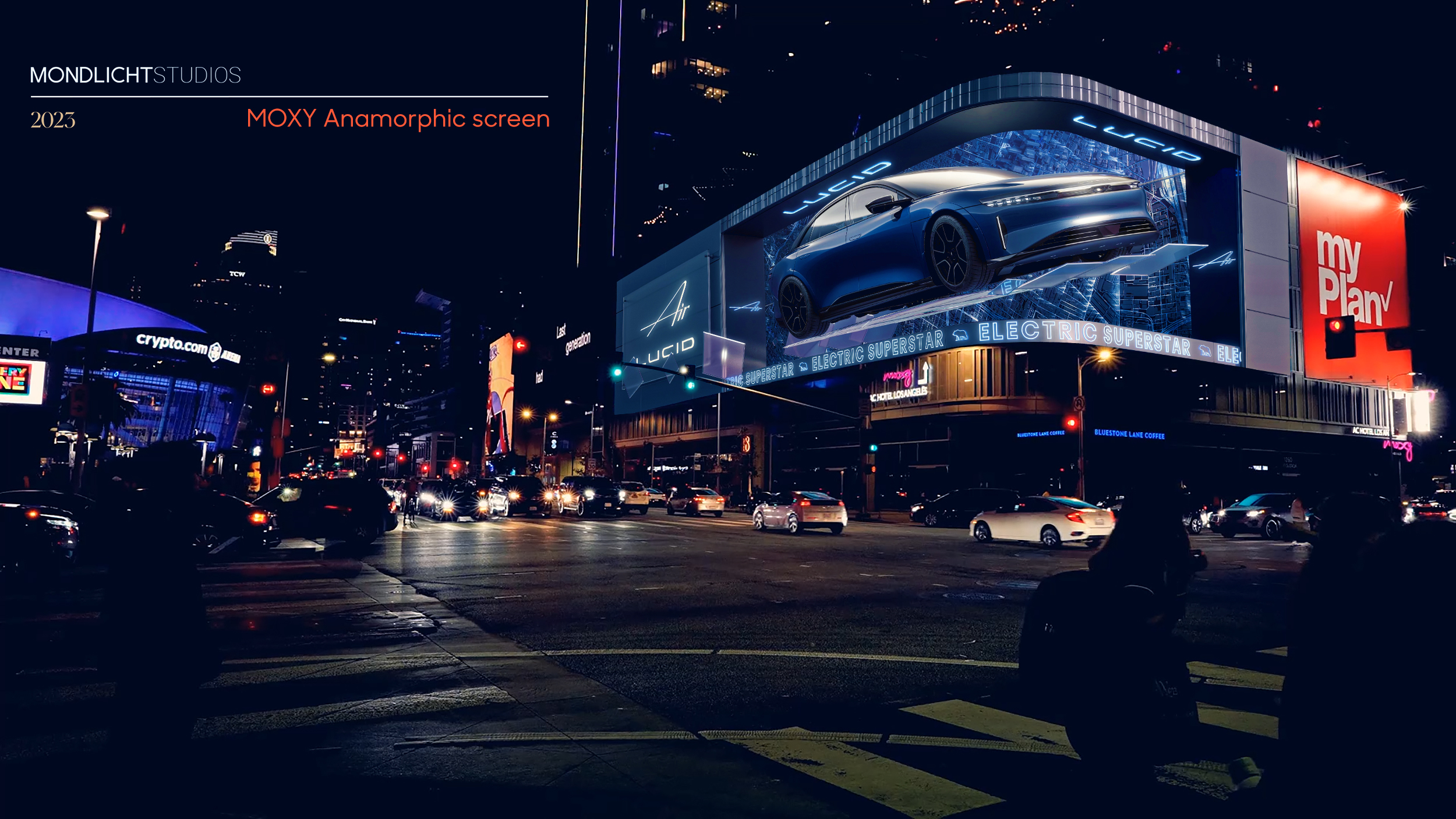
How lighting works in CGI
For most campaigns and projects that incorporate CGI, having lighting that works and matches the shots and the general feel of the scene is important. There are plenty of tricks and techniques to master lighting in 3D sequences, but the main concept to understand is ray tracing. Rendering software emulates the movement of light in a scene and traces paths from a light source to an object, providing illumination to anything the ray interacts with. The result will be different depending on materials and shaders assigned to the object, and the kind of light you’re setting up. By using an HDRI as the basis of the lighting system, we can generate a much more realistic rendered image which is based on the reflections and lighting of a real-world plate.
In the real world, lighting comes from the large, burning ball of gas in the sky along with anything we’ve built and added to the world. It’s reflected, refracted, and changed every step of the way, which is hard to replicate in CGI and requires a good deal of processing power. This is where HDRI captures can help. HDRI (High Dynamic Range Image) is a colloquial term used for a 360 degree spherical photograph of the world, with enough exposure range to capture even the brightest lights – usually the sun.
Using the packages delivered by the photographers is essential. Most will include backplates with HDRIs, which are often the best and easiest assets to use in achieving exactly what you want. Using the HDRIs is the best way to understand and achieve accurate lighting. However, this does mean there is some manual work in editing these as the lighting or backplate won’t always match up perfectly with the HDRI asset, depending on where you will place the product or protagonist. Alongside this, you may have to edit your environment in order to create shadows, adding to the realistic feel of the piece.
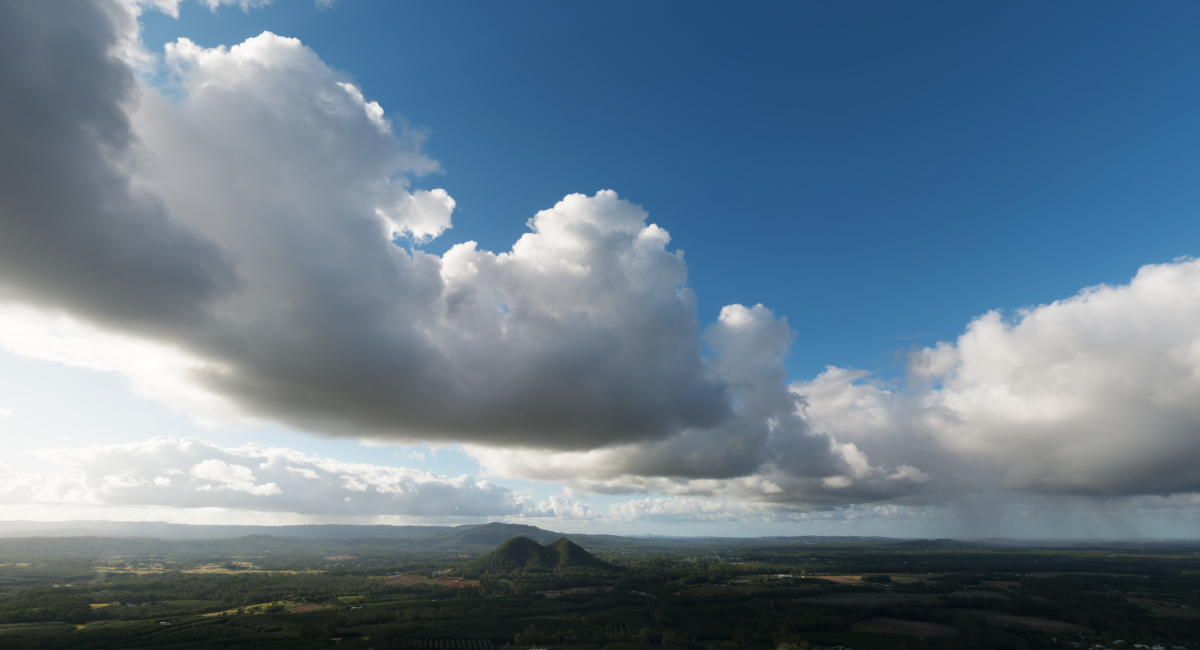
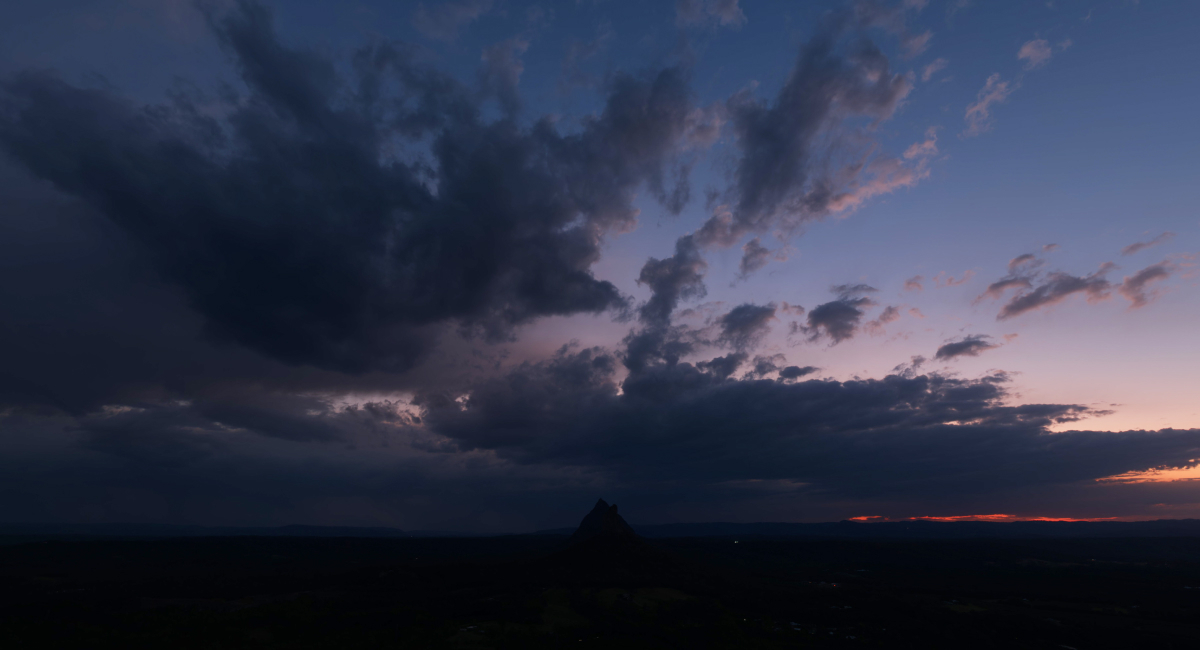
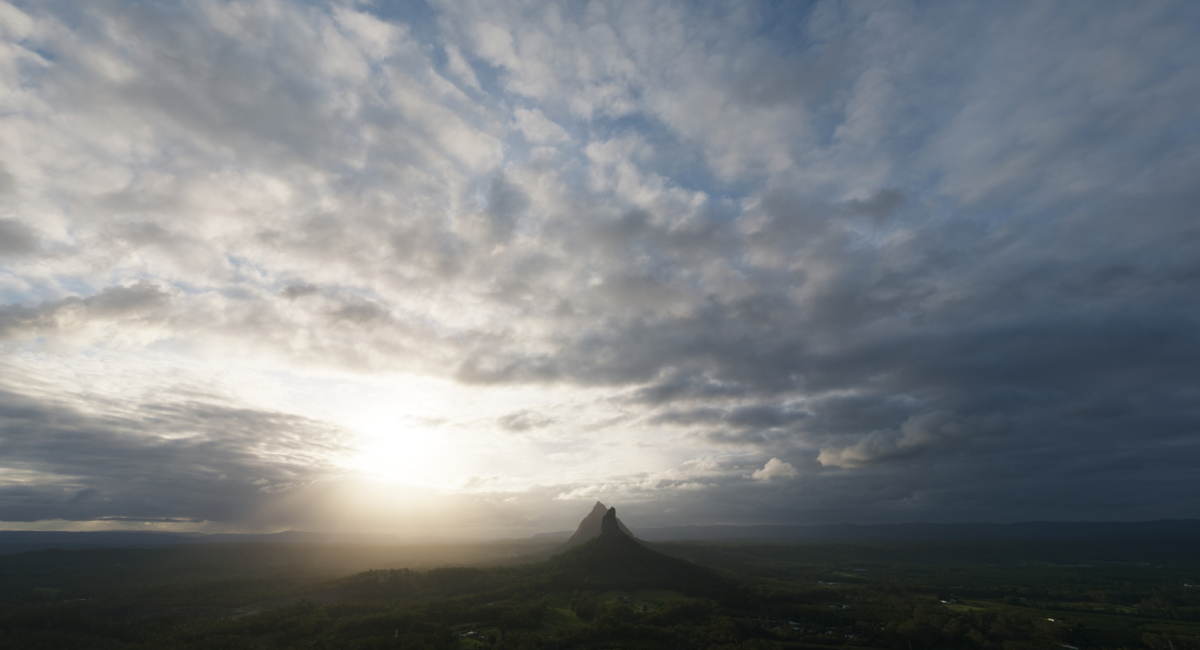
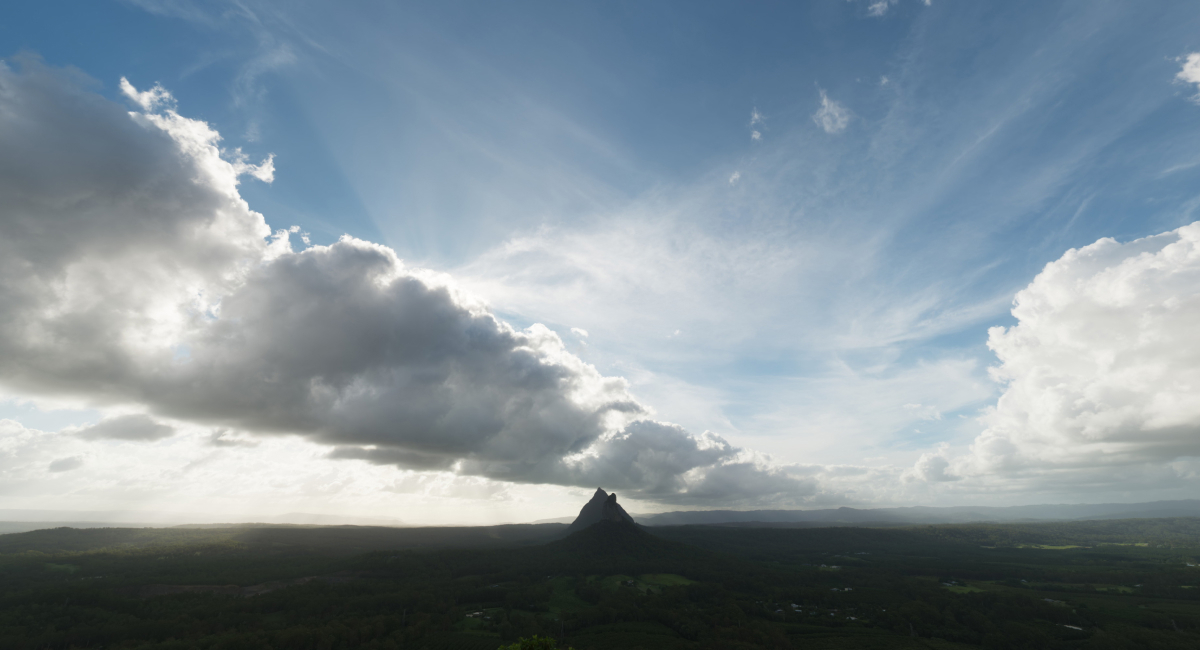
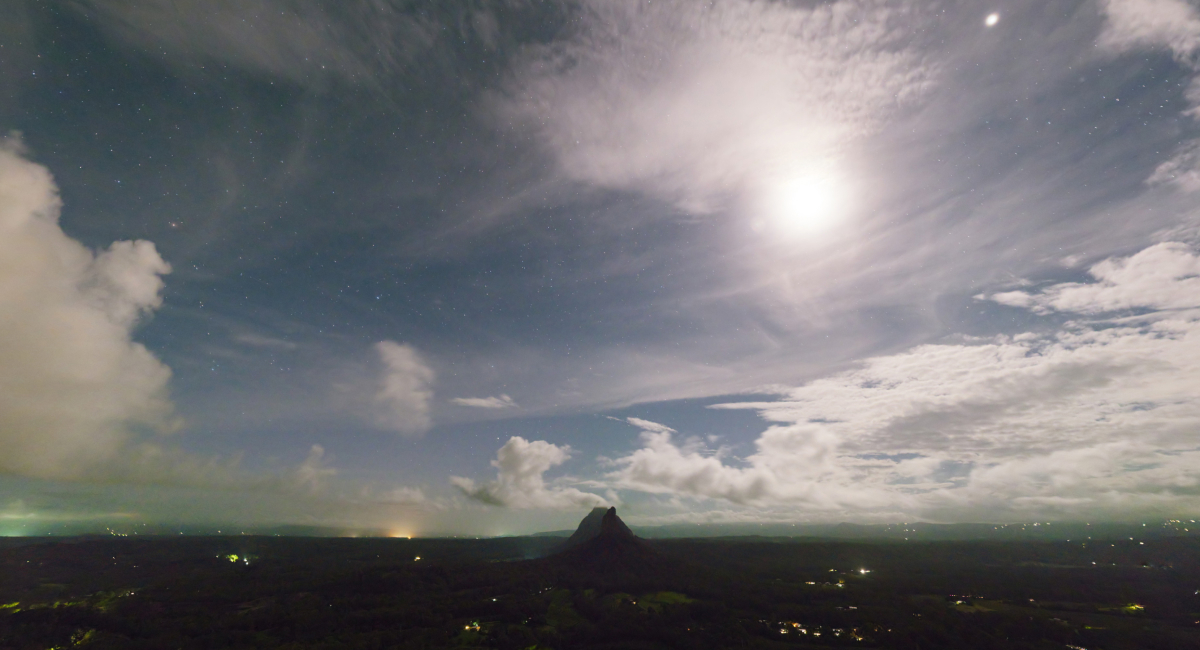
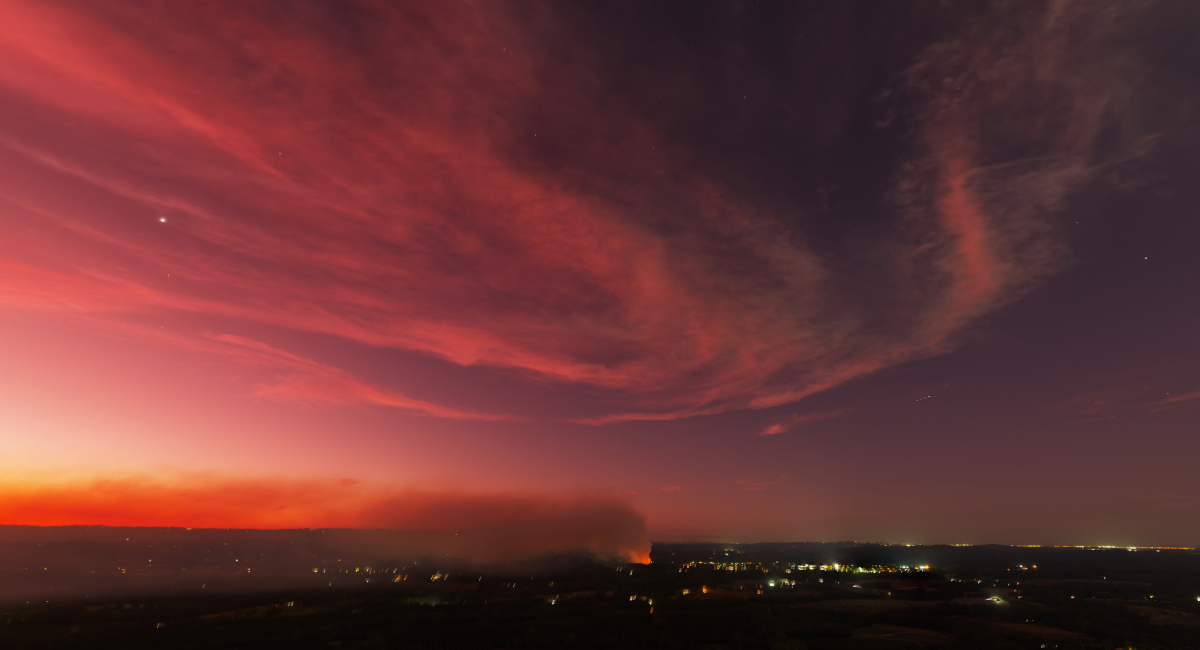
Why lighting CGI assets can go wrong
The processes that lighting goes through can often be challenging. From having the right budget to the best process, and even the lack of assets, can all play a factor in the project not running as smoothly as it should. While there are numerous tools out there that can be used, having the right budget needs to be implemented first.
Some of the common challenges often experienced during the process are the lack of communication or too many people being involved. As each individual has their own creative flair and opinions on how something should look, sometimes having many people who have opinions on different things can strip away its intended purpose and its originality.
Say you were editing a video and had another editor look at the final shot, they may like certain aspects and then want to change others; then, you let the production team look at it, and the very things the editor said they liked could be something the production team don’t like and want to change. With this, you’ll be changing every section of production, completely changing its original form, and then the changes you made others won’t agree with, becoming a continuous cycle. That’s why it’s important to have a detailed brief and set projections, alongside an understanding of who the key members of the team are for checking the updates.
Another factor is not having the right people talking to each other in regards to the technical background of each production early on. It’s always great to directly connect the experts of their respective fields, to avoid any miscommunication in between. Not everybody is, wants or has to be an expert of the technical details.
Matte paintings
Matte painting has been a much-loved visual effects technique for over 100 years. They provide fantastic landscapes and backdrops for movies, TV and video games. There are many benefits to using matte paintings in the production process, and we are going to dive into the key ones.
Cost-effective: Building out entire scenes in CG can take a lot of time and, critically, rendering power. Especially when not everything is in full focus. By curating a good package of backplates and matching HDRIs to drive CG lighting, artists can create photorealistic scenes without relying on an unmanageable amount of complex 3D modeling.
Time-efficient: Being able to have what you need at your fingertips is a big advantage during sometimes long and challenging productions. Instead of navigating numerous sites for individual HDRI and backplate assets, you can use a site like MattePaint to access a variety of asset packages, cutting down the time you would have spent searching significantly. Typically, using third party libraries like this will also give you a lot more creative choice. MattePaint, for example, has over 16,000 HDRIs and HDRI sequences to choose from, which will almost certainly match your required lighting scenarios.
The future with AI
With the rise of AI, not only in the production industry but across all verticals, tools like Adobe Firefly is one among the many that have been integrated into the pipeline as an aid or useful software, especially as they have integrated the ability of making specific requests for the lighting in an image. Alongside Adobe products, platforms like Canva and others available on your web browser have integrated AI into their system, allowing marketing teams to invest and use all of their features. This also includes the added feature of being able to adjust the lighting, contrast, saturation and more in your photo through detailed AI prompts.
For still photography and even video editing, they can often add elements to your shot or expand on the image, creating a wider frame for your environment. Softwares like this are beneficial and useful for solo artists, marketers, and creators, those who don’t have an advanced skillset to manually edit those changes, and those with a restricted budget. However, while the use of AI has many advantages, it also has its limitations. AI can only edit up to a certain resolution within an image, and can often fully change the image, including the elements you liked.
One of the most notable is the lack of realism using AI when you really look at the details. Moving video generated by AI is a perfect example – it’s pretty good, but the minute the audience notices a warping figure in the background their immersion is broken. The film industry relies on detail and requires realism, and AI can often struggle to create assets that can hold up on the big (or small) screen. However, it’s getting better day by day – you just have to look at Runway’s new release to see where we’re going.
That being said, it’s not as easy as this might sound at first, but the progress with which AI is developing is still breathtaking. The quality and ease of use should improve over time, but AI is already a game changer today.
And while it’s definitely heading in an interesting direction, AI is unlikely to entirely take away the need for artists to be involved in the creative process – revisions are a perfect example of why. It’s still just a tool at our disposal.







